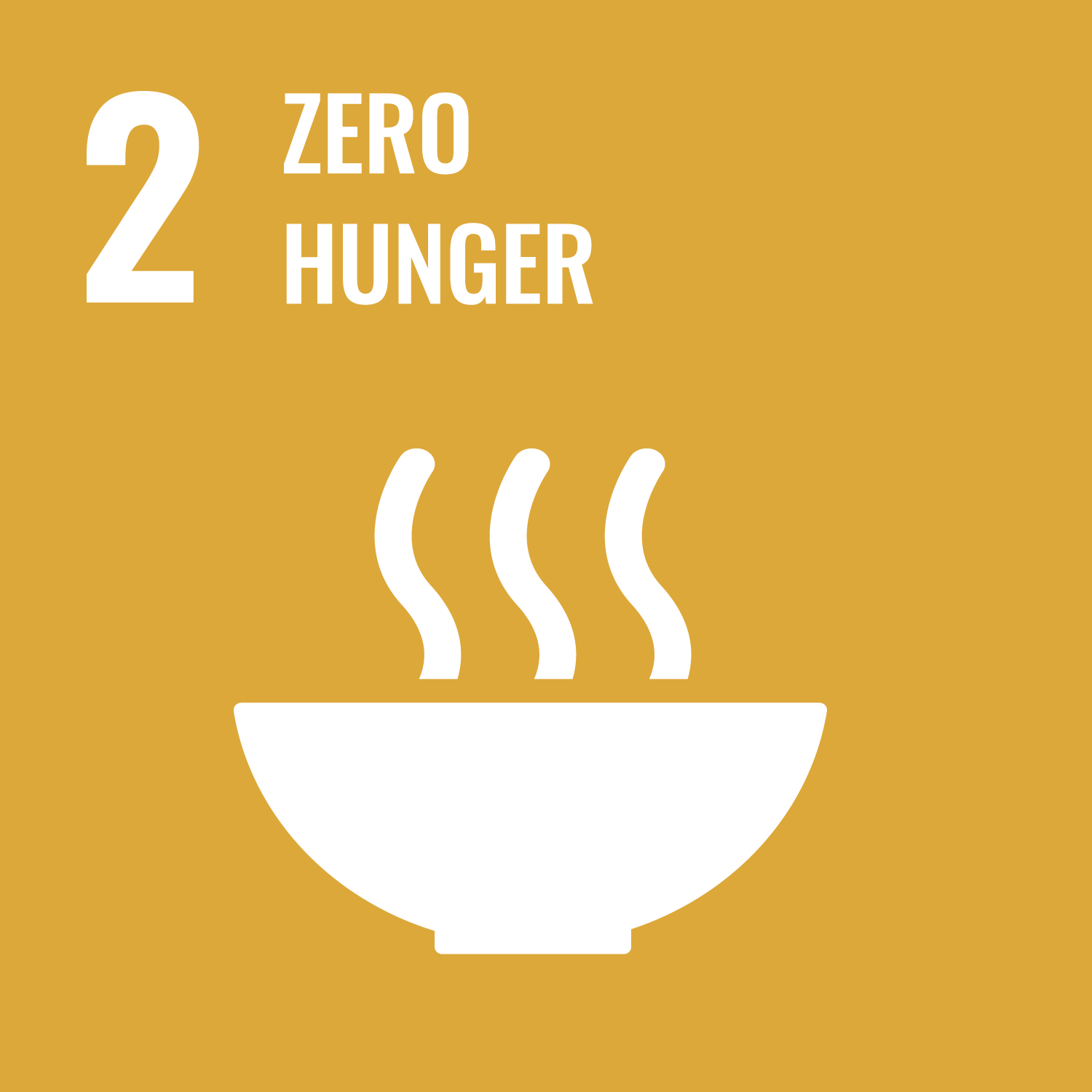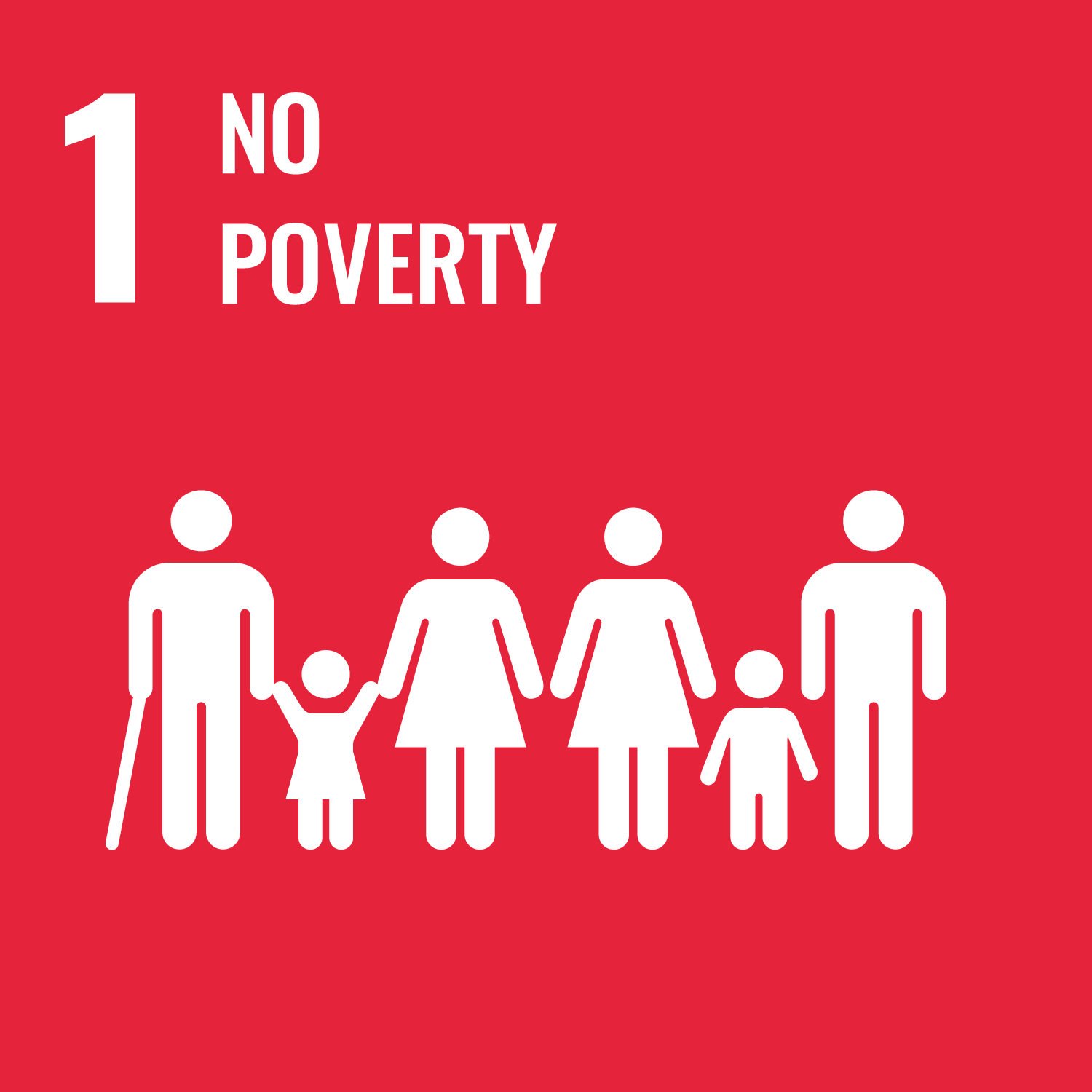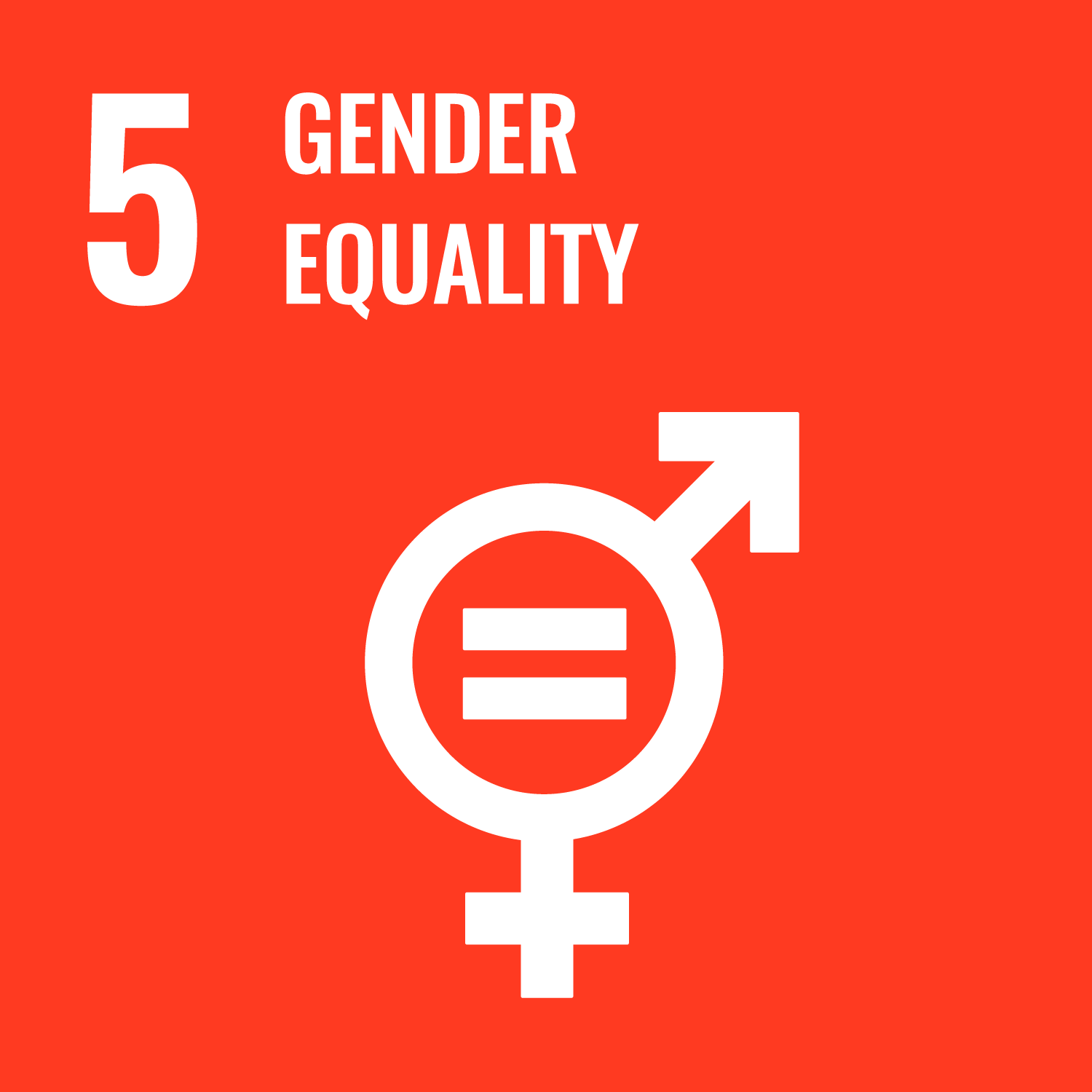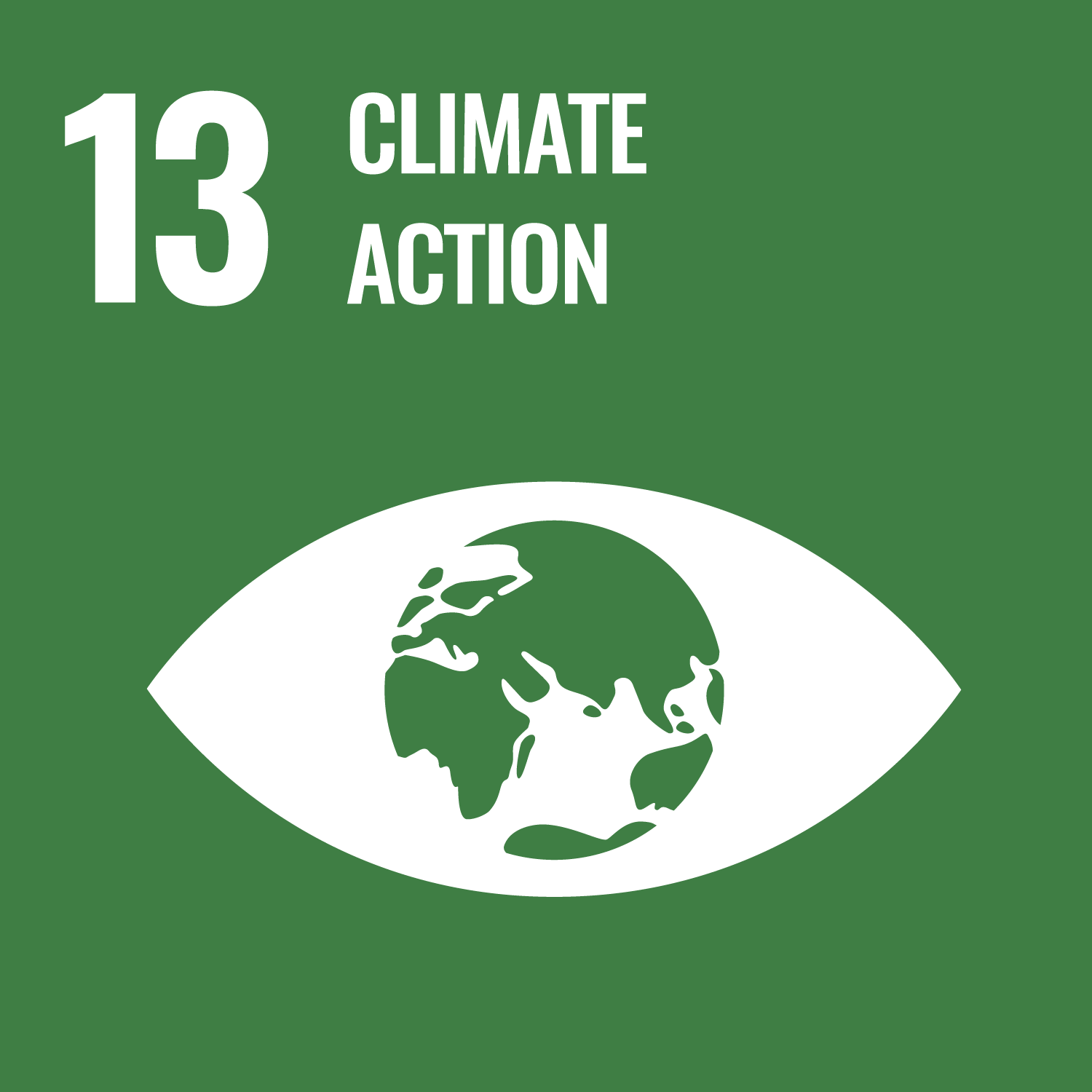- عربي
- 中文
- English
- Français
- Русский
- Español
FOOD STOCKHOLDING MECHANISM

Global food markets have entered a period of constrained supply and increase price volatility, worsening the precarious position of LDCs. Since dependence on food imports remains high in the LDCs, ensuring food security requires exploring options to mitigate volatility originating in the world food market. The DPoA’s commitments include studying different forms of food stockholding options and complementary policy measures. Given the geographic and structural heterogeneity among LDCs, the implementation of an LDC-dedicated stockholding mechanism allows for complementarity with existing regional initiatives and south-south cooperation to advance best practices.
Download DPoA Deliverables and 2030 Agenda »
HOW?
- By improving food security in the LDCs, including through a food import financing facility, a credit guarantee facility, and a special food reserve system.
- By helping limit price volatility.
- By helping distribute food to poor and vulnerable people, including through school and community programs.
OTHER SDGs BENEFITED






The economic and social dimension of food systems are widespread. Addressing the root causes of malnutrition is crucial to ensure good health and well-being. Fixing food systems in the LDCs can also have a positive impact in the reduction of poverty since food expenses constitute a larger percentage of income expenditure in poorer households. Likewise, public interventions to make food systems more efficient can trigger virtuous cycles in terms of productivity on agricultural and agro-industrial sectors. Food stockholding mechanisms can also provide a buffer against food shortages and price volatility due to natural disasters. For example, if there is a drought or other natural disaster that disrupts the food supply, such a mechanism could provide a reserve of food that can be used to prevent shortages and keep prices stable. For the policy recommendations of the United Nations Secretary General, see document A/77/291.


